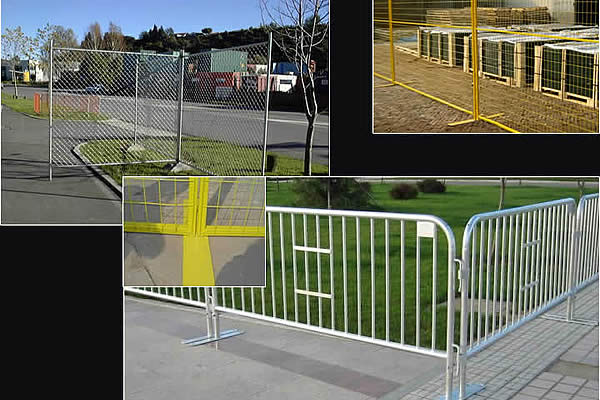 TEL:
+86-13102802206
TEL:
+86-13102802206
 Email:
fencenetting@china.com
Email:
fencenetting@china.com
 Language
Language
 TEL:
+86-13102802206
TEL:
+86-13102802206
 Email:
fencenetting@china.com
Email:
fencenetting@china.com
 Language
Language


Understanding Erosion Control Fences An Essential Tool for Soil Preservation
Erosion is a natural process that involves the wearing away of the earth's surface due to various factors such as wind, water, and human activities. However, excessive erosion can lead to significant environmental issues, including loss of fertile soil, sedimentation in waterways, and degradation of ecosystems. To combat these challenges, various erosion control measures are implemented, one of the most effective being the use of erosion control fences. This article delves into the purpose, types, installation, and benefits of erosion control fences, underscoring their importance in sustainable land management.
What is an Erosion Control Fence?
An erosion control fence is a temporary or permanent barrier designed to protect soil from erosion and manage the movement of sediment. Typically made from geotextile fabric, wire mesh, or synthetic materials, these fences are strategically installed around vulnerable areas such as construction sites, unpaved roads, and agricultural lands. They act as a physical barrier to slow down water runoff and trap sediment, allowing for the stabilization of the surrounding soil.
Types of Erosion Control Fences
There are several types of erosion control fences, each serving specific purposes based on the level of erosion risk and environmental conditions
1. Silt Fences Commonly used at construction sites, silt fences are made from porous geotextile fabric supported by wooden or metal stakes. They allow water to flow through while capturing sediment, preventing it from entering nearby water bodies.
2. Staked Fences These are similar to silt fences but are usually more robust, often used in areas with higher erosion potential. They can be constructed from a variety of materials, including wire mesh and natural fibers.
3. Biodegradable Fences Made from organic materials such as straw or coconut coir, these fences degrade over time, integrating into the ecosystem while providing the necessary erosion control during their lifespan.
4. Wattle Fences Composed of natural materials like brush and wood, wattle fences are eco-friendly options used to slow down water runoff and promote sedimentation.
Installation Process
Proper installation of erosion control fences is crucial for their effectiveness. The process generally involves several key steps

2. Preparation The ground must be cleared of debris, and the topography analyzed to ensure the fence will be effective in redirecting water flow.
3. Installation Fences should be installed along the contour of the land, ensuring they are securely anchored. Care must be taken to ensure the fabric or fabric mesh is taut to effectively capture sediment without tearing.
4. Regular Maintenance After installation, ongoing maintenance is essential. This includes monitoring for damage, removing accumulated sediment, and replacing any worn sections of the fence.
Benefits of Erosion Control Fences
Erosion control fences offer a multitude of benefits, making them a vital component of sustainable land management strategies
1. Soil Preservation By preventing soil erosion, these fences help maintain the fertility of the land, crucial for agricultural activities.
2. Water Quality Protection By trapping sediment and pollutants before they can enter waterways, erosion control fences play an important role in protecting the quality of local water supplies.
3. Cost-Effective Solution Compared to more extensive erosion control measures, such as building retaining walls or extensive landscaping, erosion control fences offer a relatively low-cost and efficient solution.
4. Supporting Biodiversity By preventing erosion and sediment runoff, these fences help maintain habitats for various plant and animal species, promoting biodiversity in the area.
In conclusion, erosion control fences are an essential tool in combating soil erosion and maintaining environmental integrity. Their effectiveness, coupled with their affordability and ease of installation, makes them a go-to choice for land management professionals, construction site managers, and farmers alike. By understanding and utilizing these fences, we can take significant steps towards preserving our land and ensuring a sustainable future for generations to come.